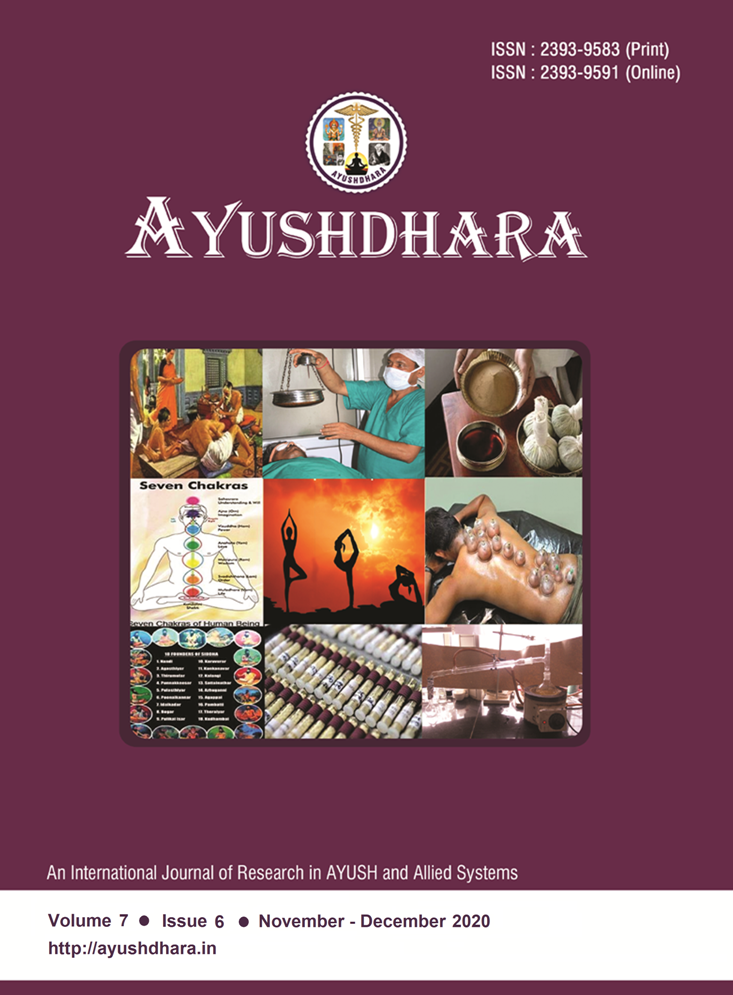MEDICAL PLURALISM IN INDIA AND ITS INTEGRATION INTO STATE HEALTH SERVICES SYSTEM
Keywords:
Medical Pluralism, AYUSH, ISM&H, Indigenous System of Medicine, Integration, Health Services System.Abstract
Medical Pluralism is widely practised in India. India has a rich heritage of traditional medicine as both codified and non-codified systems of medicine. The purpose of this review article is to trace the integration of medical pluralism in to state health services system. It starts with british rule in mid nineteenth century. During this period vaids and hakims were trained and their network was used to spread the allopathic system of medicine. At the time of independence, various committees gave their recommendations for formulating National Health Service System. These committees also gave recommendations regarding indigenous system of medicine. While Bhore Committee termed it as ‘Unscientific’; Sokhey Committee proposed training of Vaids and Hakims; and Chopra Committee recommended mutual learning between allopathy and indigenous system. In 1959, Mudaliar Committee again prioritised modern medicine. National Health policy of 1983 eventually led to creation of department of ISM &H (Indian Systems of Medicine and Homeopathy) in 1995. In 2003, department of AYUSH (Ayurveda, Yoga, Unani, Siddha, and Homeopathy) was created and in 2005 it was integrated in to NRHM. The Sowa-Rigpa system of medicine was included in 2012 and “Ministry of AYUSH” was created in 2014. The paper discussed various issues related to integration of medical pluralism in to state health services system and gave recommendations for the future role of state in “Social Integration” of AYUSH.



